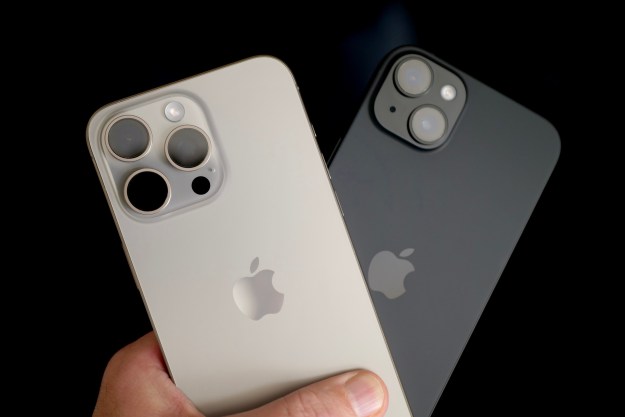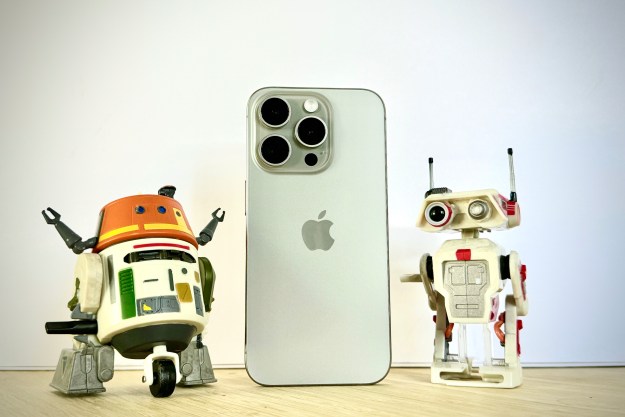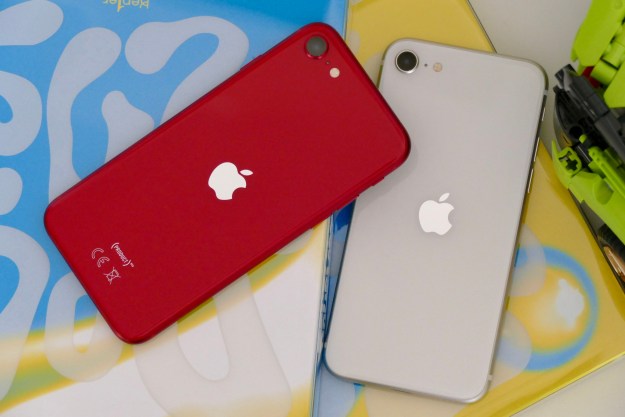Apple has quietly added a new section to its support pages warning that motorcycle vibrations can damage an iPhone’s camera over time.
As per Apple: “Exposing your iPhone to high amplitude vibrations within certain frequency ranges, specifically those generated by high-power motorcycle engines, can degrade the performance of the camera system.”
The tech giant says affected phones include those with optical image stabilization, which means the iPhone 6 Plus, iPhone 6s Plus, and iPhone 7 and later including the iPhone SE 2 (the ultra-wide camera on the iPhone 11 and later doesn’t have optical image stabilization, nor does the telephoto camera on the iPhone 7 Plus and iPhone 8 Plus).
The issue also affects iPhones with closed-loop autofocus, which comes with the iPhone XS and later, including the iPhone SE 2.
Both features help you ensure your photos are sharp, while stabilization also serves to reduce shake in videos.
“High-power or high-volume motorcycle engines generate intense high-amplitude vibrations, which are transmitted through the chassis and handlebars,” Apple said in its new support post. “It is recommended to avoid exposing your iPhone to extended high-amplitude vibrations.”
In other words, if you want your iPhone camera to remain in the best shape possible, you should refrain from attaching your handset to motorcycles with high-power or high-volume engines.
Mopeds and scooters
Apple added that attaching an iPhone to vehicles with small-volume or electric engines, such as mopeds and scooters, could lead to “comparatively lower-amplitude vibrations,” and said that in these cases a vibration dampening mount is recommended to lessen the risk of damage to the phone and its systems. it also advised against using the phone on mopeds and scooters over prolonged periods.
As pointed out by MacRumors, which first spotted Apple’s new support post, a number of forum posts over recent years have discussed how motorcycle vibrations appeared to damage the camera technology on some iPhones.
The news will come as a major disappointment to bikers who like to use their iPhone for navigation. Whether future iPhone models can overcome the issue remains to be seen.
It’s not clear what prompted Apple to add the new post to its support pages now. We’ve reached out to the company for an answer and will update this article when we hear back.
Editors' Recommendations
- I can’t wait for Nothing to launch this stunning phone
- Apple is about to do the unthinkable to its iPads
- We finally know when Apple will announce its 2024 iPads
- An Apple insider just revealed how iOS 18’s AI features will work
- 5 phones you should buy instead of the iPhone 15


